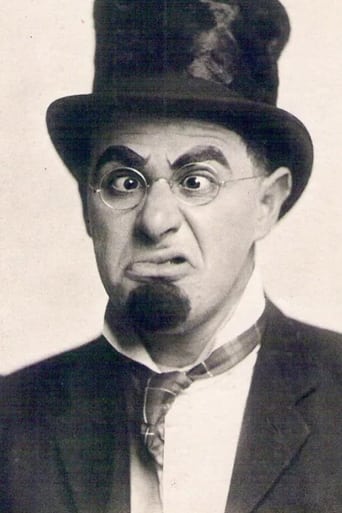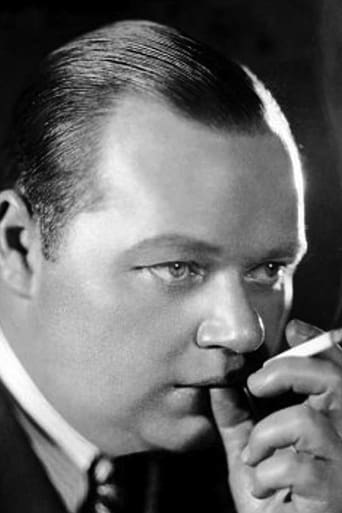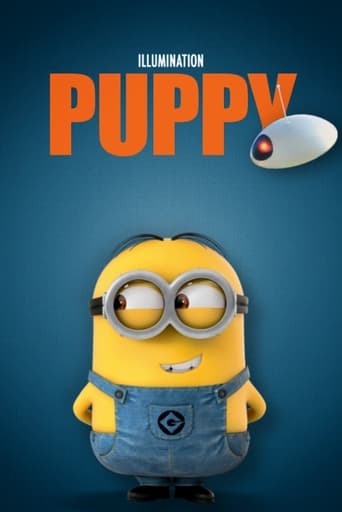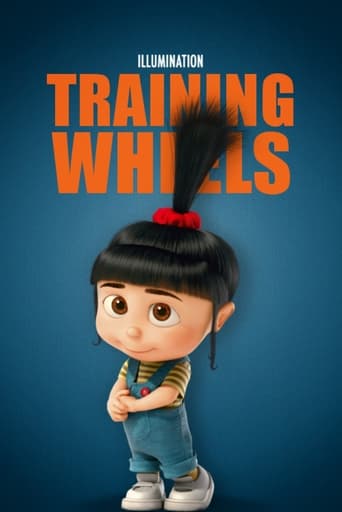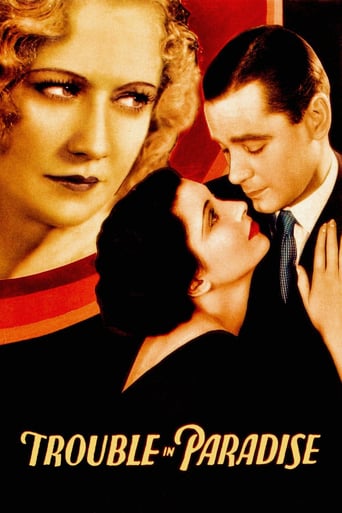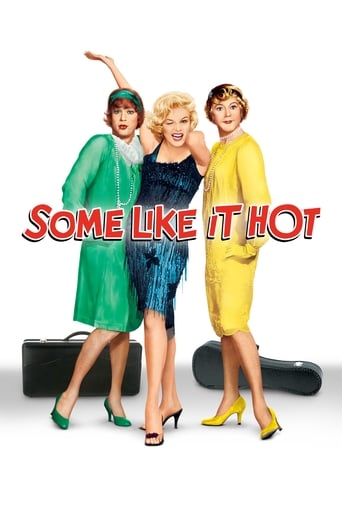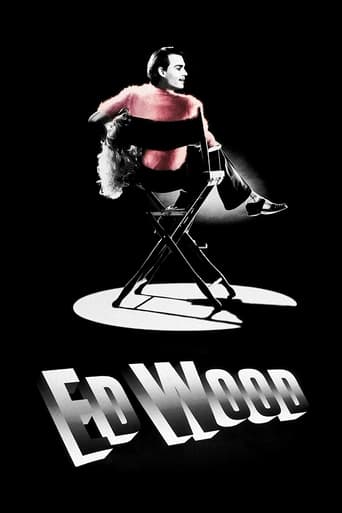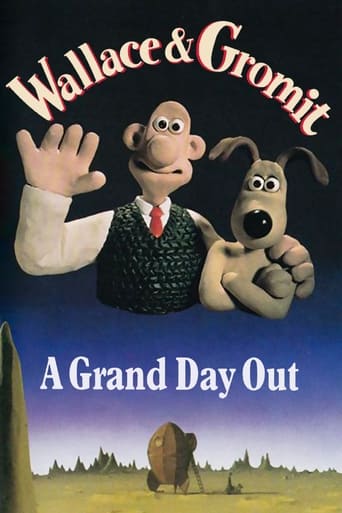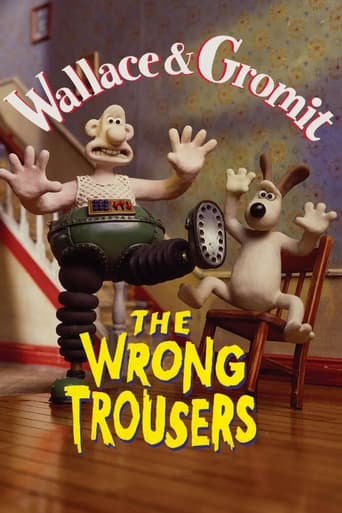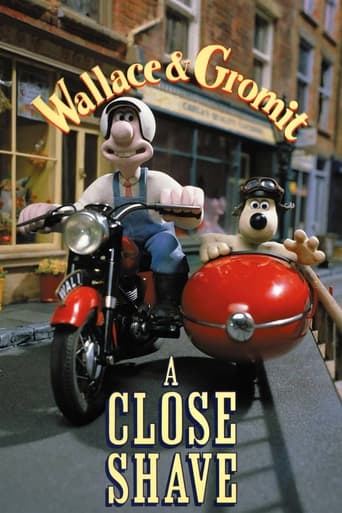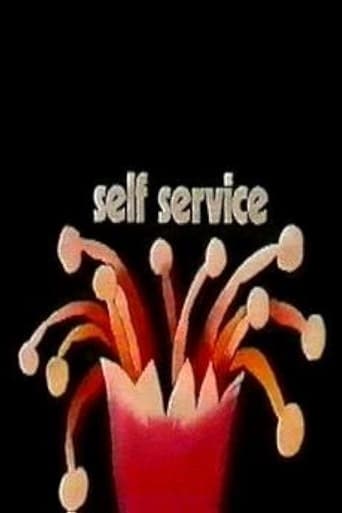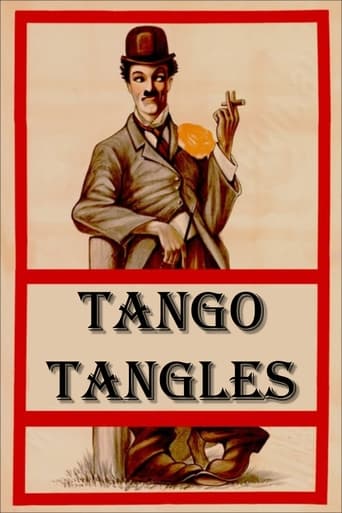
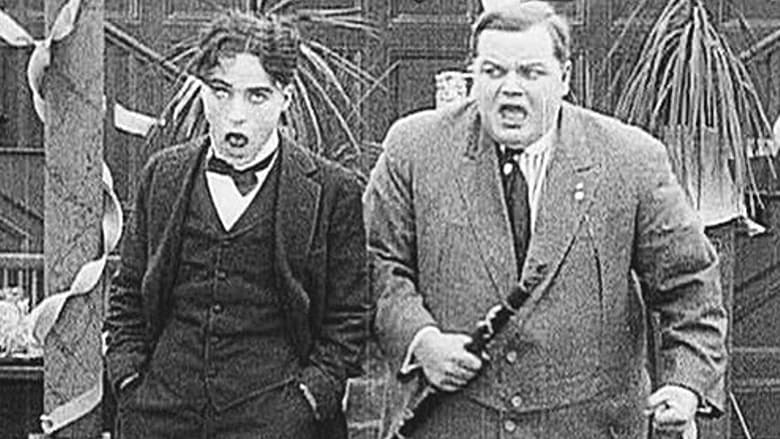
Tango Tangles (1914)
In a dance hall, two members of the orchestra and a tipsy dancer fight over the hat check girl.
Watch Trailer
Cast


Similar titles
Reviews
Am a big fan of Charlie Chaplin, have been for over a decade now. Many films and shorts of his are very good to masterpiece, and like many others consider him a comedy genius and one of film's most important and influential directors. He did do better than 'Tango Tangle'. Can understand why the Keystone period suffered from not being as best remembered or highly remembered than his later efforts, but they are mainly decent and important in their own right. 'Tango Tangle' is a long way from a career high, but does have historical significance for obvious reasons. 'Tango Tangle' is not as hilarious, charming or touching as his later work and a good deal of other shorts in the same period. The story is flimsy and the production values not as audacious, the humour only amusing and lacking freshness at times and parts a touch scrappy. For someone who was relatively new to the film industry and had literally just moved on from their stage background, 'Tango Tangle' is not bad at all. While not audacious, the film hardly looks ugly, is more than competently directed and is appealingly played. Chaplin looks comfortable for so early on and shows his stage expertise while opening it up that it doesn't become stagy or repetitive shtick. Ford Sterling steals the show. Although the humour, charm and emotion was done even better and became more refined later, 'Tango Tangle' is mildly humorous, sweet and easy to like, though the emotion is not quite there. It moves quickly and doesn't feel too long or short. Overall, far from one of Chaplin's best but not bad at all. 6/10 Bethany Cox
This is apparently Chaplin's 7th film at Keystone. Chaplin came to Keystone in January. His first film, "Making a Living" was released on February 2nd and this was released five weeks later on March 9th. Welcome to Mack Sennett's "Fun Factory," Charlie. Was Chaplin surprised to learn that Sennett really did run it like a factory, producing comedy by the foot and reel?What is interesting is the diversity of these early films. Chaplin is not yet "The Little Tramp" by a long shot. In fact he plays many different roles at the start of his career, he has already played a hustler type (Making a Living) and cop ("A Thief Catcher), a man obsessed with being in the movies ("Kid Auto races" and "a Film Johnie") and a drunk ("Mabel's Strange Predicament"). He wasn't a star at this point. He played second fiddle to Mable Normand in "Mabel's Strange Predicament," and second fiddle to Ford Sterling in Between Showers." He is back at playing second fiddle to Ford Sterling again in this film. He is also back to playing a drunk. This time in his real clothes and without the mustache.While we have the release dates for the films, we cannot be sure of the shooting order. If the shooting order matches the release order, it seems apparent that Sennett was not at all sure that Chaplin could be a movie star and was preparing him to play supporting roles as another Keystone ensemble player.Sennett liked to shoot on locations where interesting things were happening. He literally drove his actors to events and had them improvise stories on the spot. This is Chaplin's second improvised film after "Kid Auto Races." What is interesting here is how well he improvises with Ford Sterling. They really look like a great comedy team together. Seeing this film along with "Between Showers" would convince anyone that they had a great chemistry and timing between them. They seemed to have been working together for years rather then he just starting weeks before."Tango, Tangled" looked like director Mack Sennett just set up his cameras in front of a dance contest floor and told his three leads, Chaplin, Sterling and Arbuckle to be funny. The amazing thing is that they manage to make-up a film out of thin air and it is funny.
Watching silent comedies is an almost lost art, one that today's younger viewers must teach themselves through an open-minded exposure to multiple examples, always reminding themselves that the intent to tell an amusing story clearly is always there, even if at first glance the impression is of fast-paced incomprehensible chaos. With practice one can learn to understand the conventions of the day, follow the action and enjoy the multitude of jokes and amazing performances.Even someone who has managed this for comedies of the 1920s, and who can both appreciate and enjoy, say, The General and The Gold Rush, may find their first exposure to Keystone material of the 1910s throws them back into bewilderment. Yet once one adjusts to the conventions of the time (such as the fast paced, physically detailed and extremely demonstrative acting that makes most '20s performances seem restrained by comparison), even these very early, frenetic and largely improvised Keystones can delight.This one is particularly interesting for several reasons already cited in other reviews: the lack of character makeup on Chaplin and Sterling (both almost always appearing in other films with fake facial hair of various sorts), the amazing athleticism of Arbuckle, the wholly natural reactions of the actual onlookers in the "found" dance hall location to the antics of the leads. It repays a second and even a third viewing for those seeking to learn the skill of following early Keystone comedies.This was one of Sterling's last handful of films at Keystone and one of Chaplin's first. At the time, Sterling was the bigger star. They work very well together here, especially in their fight scenes, which have tell-tale signs of being more improvised than rehearsed or precisely choreographed, yet are nevertheless creative, clearly told and quite entertaining.If you've never seen a silent Chaplin short, this is not the one to start with. (Try one of the Mutuals, like Easy Street or The Immigrant) But if you've some familiarity with the genre, the circumstances of the shooting of this one make it one of the most interesting of his first half-dozen or so.
Tango Tangles (1914) * 1/2 (out of 4) Keystone romp has a dance hall girl getting the attention of a band leader (Ford Sterling), a clarinettist (Roscoe 'Fatty' Arbuckle) and a drunk (Charles Chaplin). The three men eventually bump into one another and more than one fight breaks out. Most might be attracted to this film due to the early appearance of Chaplin but it's the now forgotten Sterling who steals the show. He has a couple funny moments throughout the film but overall he doesn't have too much to work with. For the most part we just see the men each trying to sneak off with the girl but getting busted by another one of the guys and a fight breaks out. Arbuckle gets a nice scene where he's about to throw a man but that's about it for him. I was disappointed with Chaplin (how many times can you say that?) because he really doesn't bring too much to his role as the drunk. The one funny thing is that it appears this was filmed at a real dance and some people there didn't know they were filming a movie.



